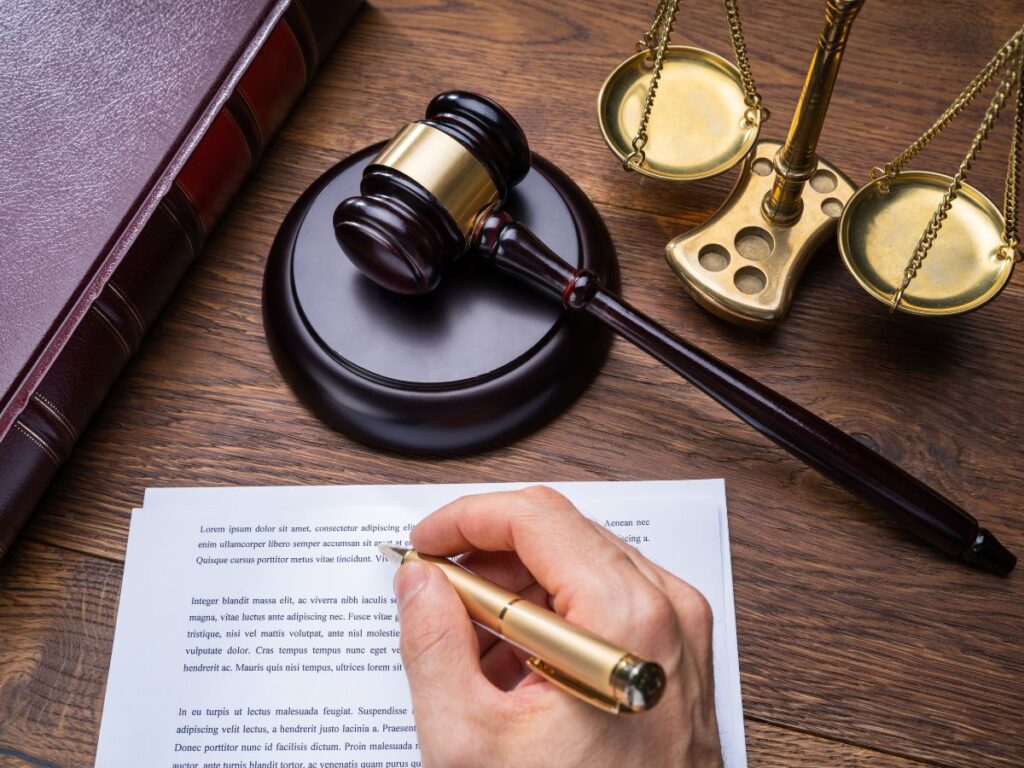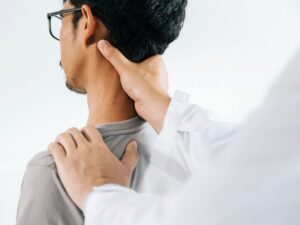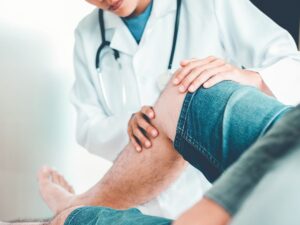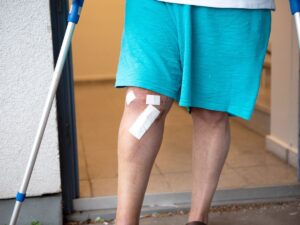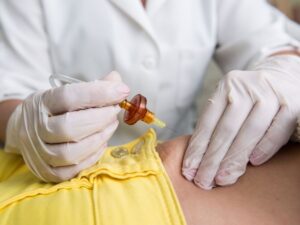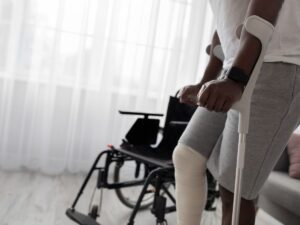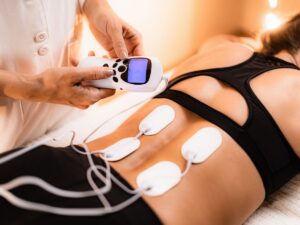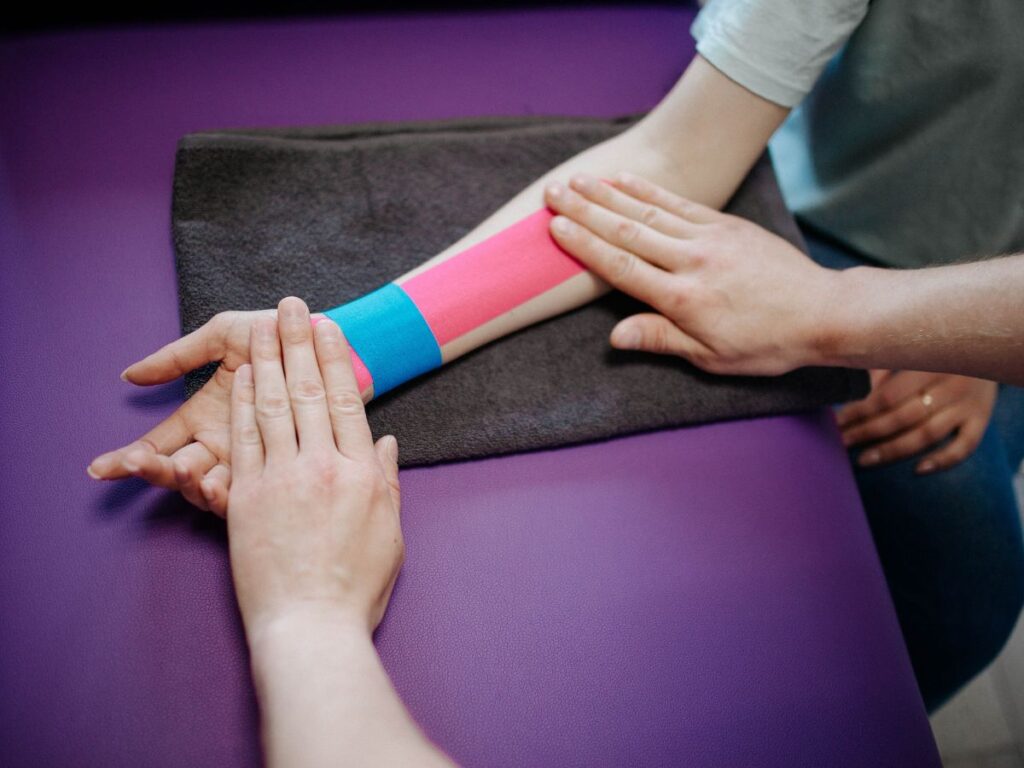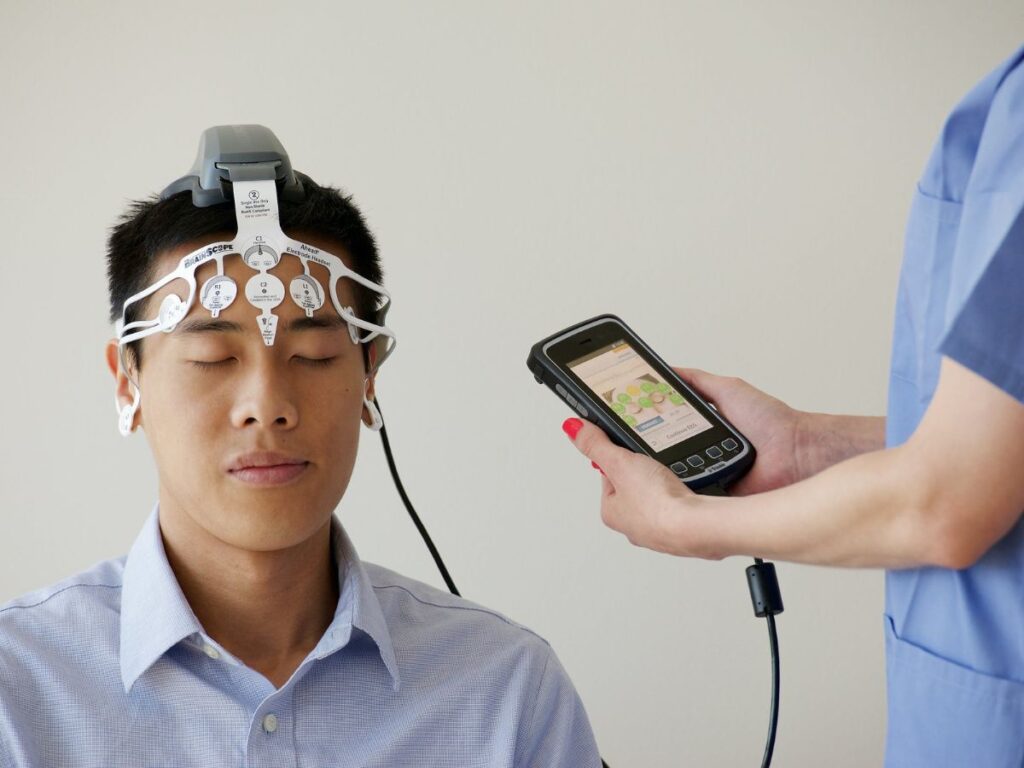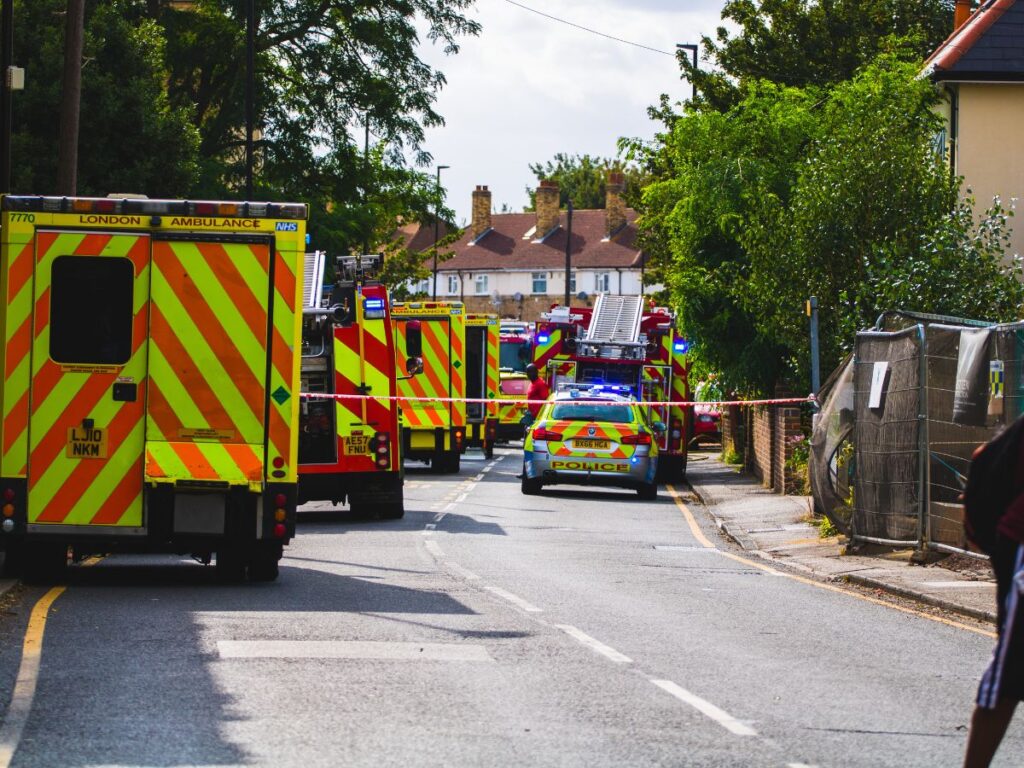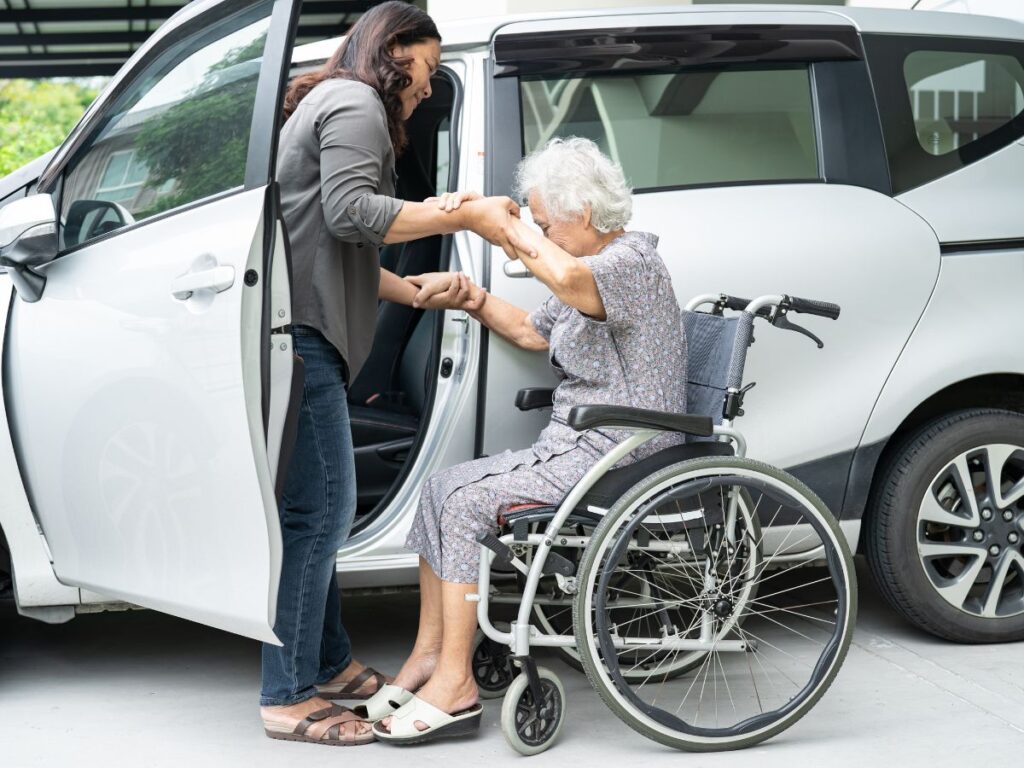Nursing home abuse is a deeply distressing issue that affects vulnerable elders and their families. Physical, emotional, or neglectful harm can have severe consequences, making it critical to recognize warning signs and take action. A key part of protecting your loved one is learning how to properly document injuries and pursue justice. At Dr. Elham’s clinic, our nursing home abuse injury documentation services help families and caregivers navigate the medical and legal process with confidence.
Recognizing Nursing Home Abuse and Neglect
Nursing home abuse can take many forms, including physical assault, neglect of basic needs, emotional abuse, financial exploitation, and even sexual abuse. Common indicators include unexplained bruises, fractures, bedsores, sudden weight loss, dehydration, changes in behavior, or withdrawal from social activities. Careful observation and prompt action are essential for ensuring a loved one’s safety and well-being.
Why Proper Documentation Matters
Documentation is a vital tool in both stopping abuse and supporting any legal claim. Accurate records of injuries, symptoms, and care lapses provide evidence for investigations and help ensure responsible parties are held accountable. Dr. Elham’s team emphasizes the importance of thorough, timely, and objective documentation as the foundation for all nursing home abuse injury documentation efforts.
Step-by-Step Guide to Documenting Nursing Home Injuries
- Act Quickly: As soon as abuse or neglect is suspected, document all signs and symptoms. Take detailed notes on what you observe, including times, dates, and descriptions.
- Photograph Injuries: Use a camera or smartphone to capture high-quality images of visible injuries such as bruises, cuts, bedsores, or other marks. Photograph the living environment if you notice hazardous conditions or poor hygiene.
- Collect Medical Records: Request all available records from the nursing home and any outside medical providers. These may include treatment notes, medication logs, and incident reports.
- Record Conversations: Keep written summaries of all discussions with staff, administrators, or healthcare professionals. Note names, roles, and what was said or promised.
- List Witnesses: Identify and document anyone who witnessed the abuse or neglect. Obtain their contact information if possible.
Medical Assessment and Reporting
A professional medical evaluation is crucial for substantiating claims of abuse. At Dr. Elham’s clinic, we provide unbiased, comprehensive examinations that focus on identifying and treating injuries while generating thorough nursing home abuse injury documentation. Our team is experienced in recognizing patterns of abuse and neglect, and our medical reports can be used as evidence in legal proceedings.
Types of Injuries and What to Look For
- Bruises and Contusions: Especially on the arms, face, or torso; unusual patterns or shapes may indicate restraint or assault.
- Fractures or Sprains: Frequent unexplained breaks or injuries could signal rough handling or falls due to neglect.
- Pressure Sores (Bedsores): These develop from prolonged immobility and are a sign of poor care.
- Dehydration and Malnutrition: Rapid weight loss, dry skin, and confusion can result from inadequate food or fluids.
- Infections: Untreated wounds or poor hygiene can lead to infections that require prompt medical attention.
Legal Considerations for Families
After documenting injuries, contact an attorney experienced in elder abuse cases. Your records—including photographs, medical assessments from Dr. Elham’s clinic, and written notes—form the backbone of any legal claim. Timely action is essential, as statutes of limitations may apply. Our nursing home abuse injury documentation program provides support and referrals to trusted legal partners.
Supporting the Emotional and Psychological Recovery
Elder abuse often leads to trauma, anxiety, depression, and withdrawal. Counseling, therapy, and peer support are important for both the victim and their family. Dr. Elham’s clinic offers holistic care, connecting families with mental health resources and providing a compassionate environment for healing.
Reporting to Authorities
Abuse should be reported to the proper state or local agencies—such as Adult Protective Services or local ombudsman programs. Provide your complete documentation to aid the investigation and protect other residents. Dr. Elham’s staff can guide families through the reporting process and ensure all necessary details are included.
Preventing Future Abuse
Prevention starts with education and vigilance. Visit frequently, ask questions, and observe changes in your loved one’s health or mood. Request care plans, participate in meetings, and maintain open communication with staff. If concerns persist, do not hesitate to escalate your complaints or consider a new facility. Our clinic’s nursing home abuse injury documentation services are available for ongoing monitoring and consultation.
Why Choose Dr. Elham’s Documentation Services?
- Expert, compassionate medical assessment of abuse-related injuries
- Detailed written and photographic reports suitable for legal and regulatory use
- Support with reporting, legal referrals, and follow-up care
- Focus on holistic recovery and family guidance
Our goal is to provide families with the tools and knowledge they need to protect their loved ones and pursue justice when necessary.
Moving Forward with Confidence
If you suspect nursing home abuse, act quickly. Comprehensive documentation, timely medical evaluation, and knowledgeable legal guidance are essential. Learn more about our nursing home abuse injury documentation program, or contact Dr. Elham’s clinic to schedule a confidential assessment. Your loved one deserves safety, dignity, and the best possible care—and we are here to help you achieve that goal.

